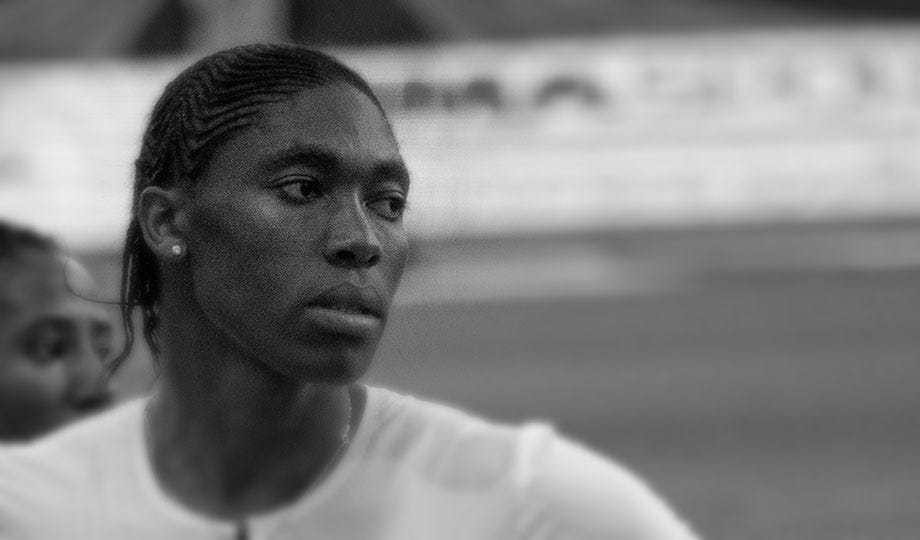Sports medicine is a field that merges biology, biomechanics, and exercise science to support athletes and active individuals. It focuses on optimizing performance, preventing injuries, and tailoring recovery plans. The field operates at the intersection of medical expertise and athletic demands, aiming to help individuals perform at their physical best while maintaining long-term joint and muscular health.
Specialists in this area use scientific advancements to guide athletes through training regimens, rehabilitation protocols, and preventative strategies. This article explores sports medicine principles, including how specialists work to prevent injuries and create personalized treatment plans. Understanding these processes can provide valuable insights for professionals and athletes alike.
What Is Sports Medicine and How Does It Work?
Sports medicine applies scientific methods to promote athletic performance and mitigate physical damage from intense activity. The discipline includes injury prevention, rehabilitation, and education on proper physical conditioning. It draws from biomechanics, physiology, and behavioral science to treat sport-related injuries and optimize physical capabilities.
Practitioners serve a wide range of individuals, from professional athletes to recreational exercisers. By studying movement patterns and muscle dynamics, they identify potential problem areas. They also frequently collaborate with other specialists, such as physical therapists and orthopedic surgeons, to create an integrated approach to care. This interdisciplinary teamwork helps athletes perform effectively while reducing risks associated with repetitive stress or high-impact activities.
How Do Specialists Prevent Injuries?
Preventing injuries is a major focus within sports medicine. Specialists work closely with individuals to improve physical resilience and avoid common sports-related issues. Injury prevention strategies often include conditioning programs, training analysis, and education about movement mechanics.
Key Strategies for Injury Prevention:
- Movement Analysis: Identifies irregular patterns in movement that might lead to injuries.
- Strength Training: Builds muscular support around joints, reducing the risk of sprains or strains.
- Flexibility Programs: Enhances range of motion, minimizing overstretching and tightness-related problems.
- Warm-Up and Cool-Down Routines: Improves circulation before exercise and aids muscle recovery afterward.
- Equipment Recommendations: Suggests properly fitted gear to prevent falls, fractures, or repetitive stress injuries.
These preventive measures address specific and general risks depending on each athlete’s activity level and sport. By recognizing patterns of injury in different disciplines, sports medicine professionals help athletes modify their techniques for more sustainable performance.
How Do Experts Tailor Treatments to Athletes?
Treatment customization in sports medicine accounts for the unique needs of each athlete. To remain effective, treatment and rehabilitation plans must align with an individual’s overall goals, sport-specific requirements, and physical condition. Practitioners carefully evaluate factors such as the intensity of training, type of injury, and recovery timeline.
Biomechanical assessments often guide personalized treatments. Specialists analyze how the body moves and make adjustments to improve function. Customized workout plans or rehabilitation exercises might target areas that need specific strengthening, while timelines vary based on each person’s recovery capacity. Advanced imaging tools, like MRIs and motion capture systems, often assist in visualizing injuries and tracking rehabilitation progress.
Communication plays a significant role in how these plans evolve. Regular consultations allow practitioners to monitor progress and refine treatment approaches. By incorporating consistent feedback from athletes, they achieve better outcomes and reduce the risk of re-injury.
Consult a Provider
Sports medicine bridges the gap between athletic ambition and physical health. With preventative care, individualized plans, and scientific guidance, this field supports athletes in achieving sustainable results while reducing injury risks. Contact a qualified provider today to learn more about how this practice can refine your training routine, prevent injuries, and optimize recovery.

